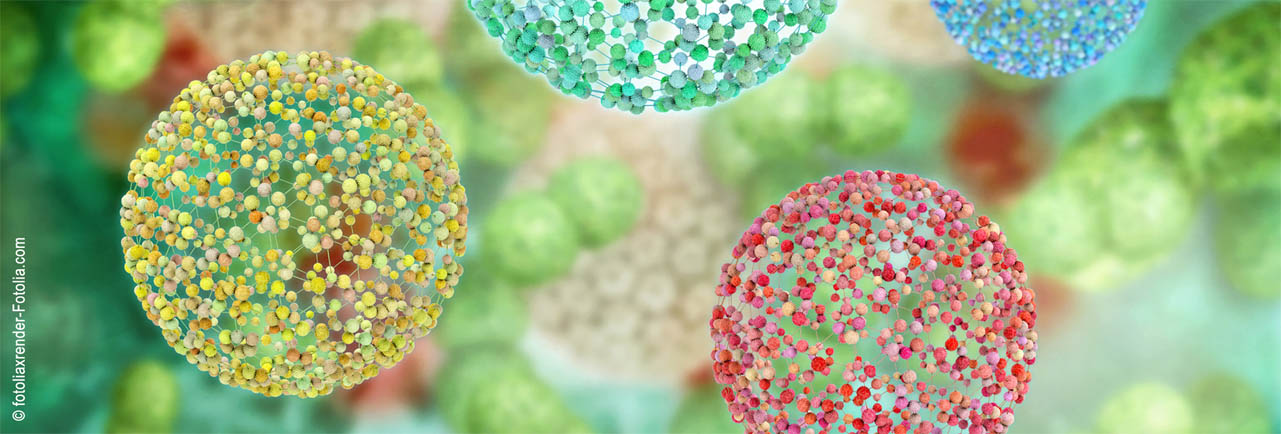Speaker
Description
Metal-organic frameworks (MOFs) are promising materials to address critical issues such as petrochemical separation and gas separation, filtration, catalysis, sensing and energy storage[1]. Large-scale deployment of MOFs is however hampered by their crystalline powder state, which results in poor processability. Recently, the hybridization of MOFs with biopolymers has emerged as a greener, biocompatible strategy with improved processability into membranes, fims, and porous materials [2]. Nevertheless, the physiochemical properties of the biopolymer-MOF mixtures, and their relationship to the composite structure and functionality, need to be investigated to promote their use in real-world applications. The present work focuses on the preparation of thin nanocomposites from commercial ZIF-8 (a synthetic zeolite) and cellulose nanocrystals (CNCs) aqueous suspensions using membrane ultrafiltration.
Results showed that small amounts of CNCs (1:20 CNC:ZIF-8 volume ratio) are sufficient to disperse the ZIF-8 particles, preventing further aggregation and phase separation, and enabling the formation of a compact deposit under filtration. The stabilization derived from the electrostatic interaction between the CNCs and ZIF-8, leading to the formation of a layer of adsorbed CNCs on the surface of ZIF-8 particles, as observed by TEM. The rheology of ZIF-8 suspension was also affected, shifting from shear-thinning to a Newtonian behaviour in presence of CNCs. The filtration process was investigated in situ with Small-Angle X-Ray Scattering, showing that the deposition of ZIF-8 particles occured concurrently to the formation of a layered structure of CNCs, perpendicular to the transmembrane pressure. Finally, the porosity of ZIF-8 to water was tested with a custom-made water porosimeter [3], showing that the adsorbed CNCs did not affect the intrusion/extrusion pressure, or the available pore volume in the hybrid material.
References
[1] Lai, Z. Development of ZIF-8 Membranes: Opportunities and Challenges for Commercial Applications. Curr. Opin. Chem. Eng. 2018, 20, 78–85. https://doi.org/10.1016/j.coche.2018.03.002.
[2] El Hankari, S.; Bousmina, M.; El Kadib, A. Biopolymer@Metal-Organic Framework Hybrid Materials: A Critical Survey. Prog. Mater. Sci. 2019, 106 (May), 100579. https://doi.org/10.1016/j.pmatsci.2019.100579.
[3] Michelin-Jamois, M.; Picard, C.; Vigier, G.; Charlaix, E. Giant Osmotic Pressure in the Forced Wetting of Hydrophobic Nanopores. Phys. Rev. Lett. 2015, 115 (3), 1–4. https://doi.org/10.1103/PhysRevLett.115.036101.

